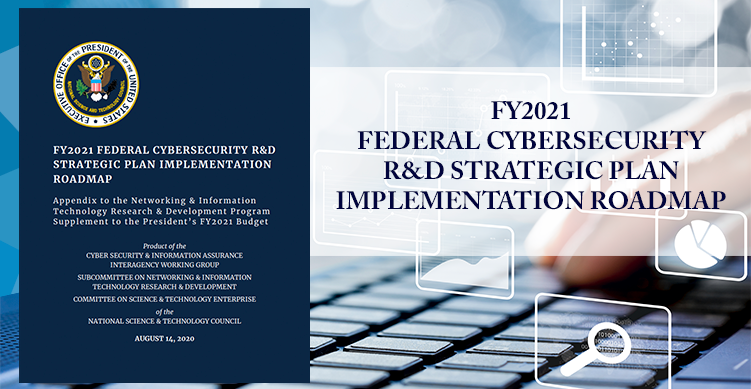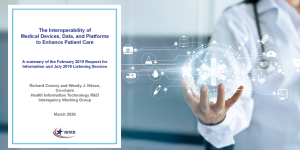FY2021 FEDERAL CYBERSECURITY R&D STRATEGIC PLAN IMPLEMENTATION ROADMAP
View Full Text: FY2021-Cybersecurity-RD-Roadmap.pdf This document provides FY2021 implementation plans for the 2019 Federal Cybersecurity Research and Development Strategic Plan (Plan), developed by the Networking and Information Technology Research and Development (NITRD) Program’s …











